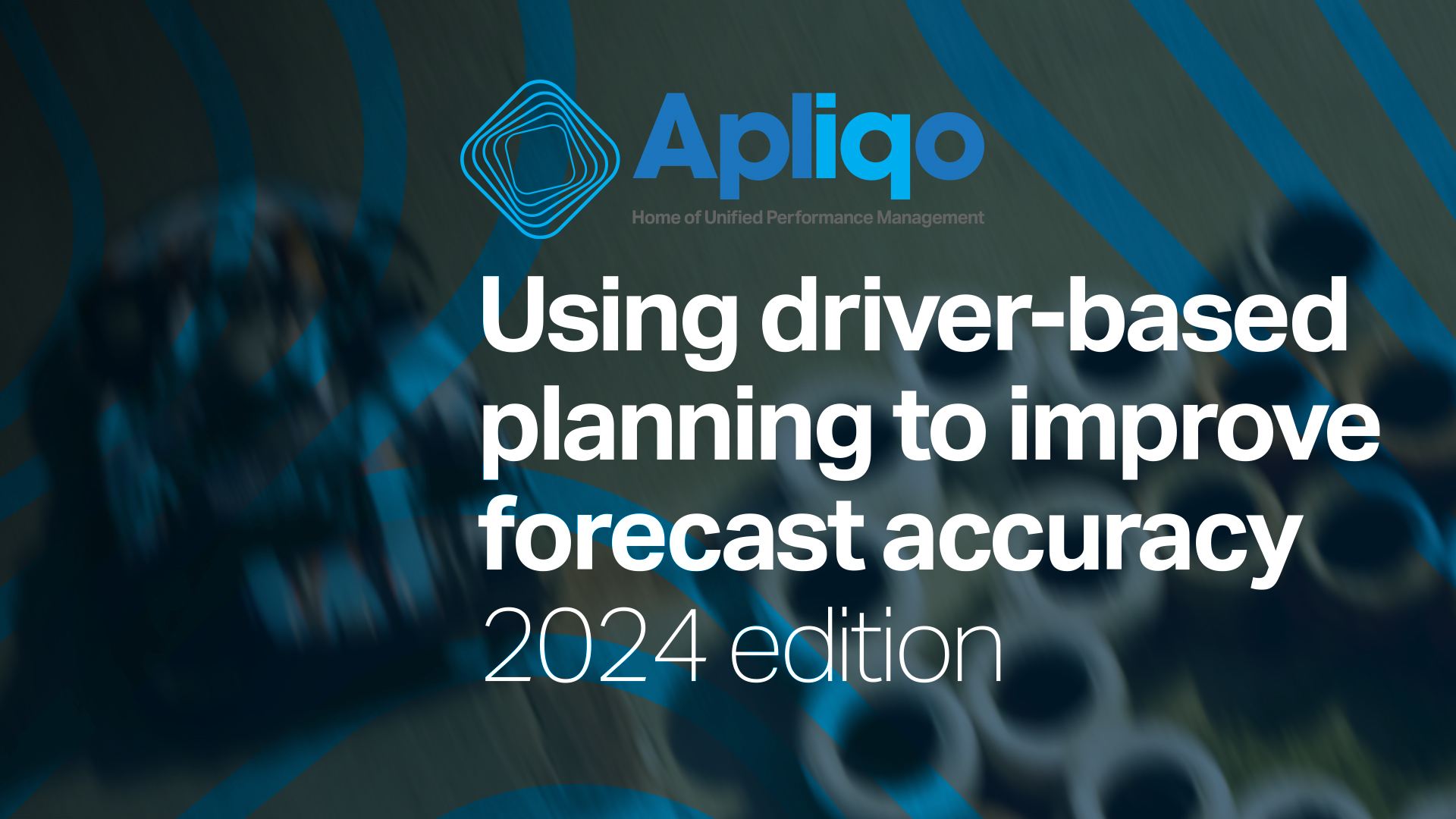When you’re first approaching any new FP&A system implementation, it can be very overwhelming. There is a lot to get right and the decisions you make early on will have an outsized impact on how the entire system works for you over the long term. Worst case a poor initial decision can have lasting consequences which you will need to live with. As a result, we always encourage new clients to take their time during the setup process and be as thorough as possible because it helps to avoid plenty of headaches down the road.
In that spirit, we thought we’d briefly look at some of the many features worth paying attention to when setting up your FP&A ecosystem. These are all found in Apliqo’s FPM administration module – where you can tinker and make changes all you want. However, making the best use of this requires some thought around what some of these key initial pillars actually are.
- Roles. With such a wide variety of people interacting with your system, you’ll want to think carefully about what each person can and can’t do in their particular role. Apliqo FPM allows for highly specific access and editing permissions to be set for each user type so that you can control who can do what, and when and which data and business structures they can see and write to.
- Data Backups. We cannot emphasize enough how important it is to be backing your data up on a regular basis. By setting in place a robust strategy and process from the very beginning, you ensure that you’re never caught out when something goes wrong. You can restore from a recent backup and wipe that sweat off your brow as you do so.
- Time Horizon. Setting up your time horizons for your historical data as well as your planning helps to align the system more generally with your strategic and regulatory requirements. This makes for more meaningful benchmarking and thus – a smoother journey.
- Chart of Accounts. Your company’s chart of accounts is at the heart of all your financial planning and analysis and so it’s crucial that you think through this carefully. Taking your time here to find a workable solution for your specific needs will pay off in leaps and bounds as your company grows and expands.
- KPIs. You should always be aware of what KPIs are most important for your organization and by building them into the foundation of your financial system you can ensure that they’re always front of mind.
- Business Segmentation. When you’re slicing and dicing your company data, you’ll want to leverage several different views that are more relevant for specific decision-makers. As such, you should segment your operations appropriately to create clear delineation that can make the reporting process much easier. Use of alternate hierarchies is key here for being able to analyse or “slice & dice” both results and forecasts.
- Granularity. Don’t get caught in the precision versus accuracy paradox. This can be a trap. Modern systems are capable of holding vast amounts of data, but just because you can do something doesn’t mean you should. It’s perfectly OK, in fact appropriate for budgets and forecasts to have a different level of granularity to actuals. Too much detail in forecasts can create much additional work for no added value. Choosing the appropriate granularity for both actual and forecast data is one of your most important decisions when setting up a system.
- External Connectors. If you’re using a tool like Apliqo, you have the option of connecting to a wide variety of external software applications that can push and pull data in and out of your system. Getting this configured upfront helps with the implementation so that you can leverage the system you already rely on.
- Planning Drivers. You can get started by setting up some key drivers of both revenue and costs which will then inform your planning and forecasting capabilities. This can of course be tweaked over time, but it’s a good idea to get started on these early so that you can immediately begin making decisions with real backing behind them.
These barely scratch the surface of what an effective implementation looks like but hopefully it gives you a sense of some of the key considerations that should be front of mind.
As mentioned, you’ll find the levers for all of these within the FPM administration module – which makes it very easy to get the desired configuration for your organization. The entire thing has got a facelift recently, so it’s definitely worth checking out! We hope that by making this extra functionality more accessible for our users we can maximize results and improve efficiencies across the board.







